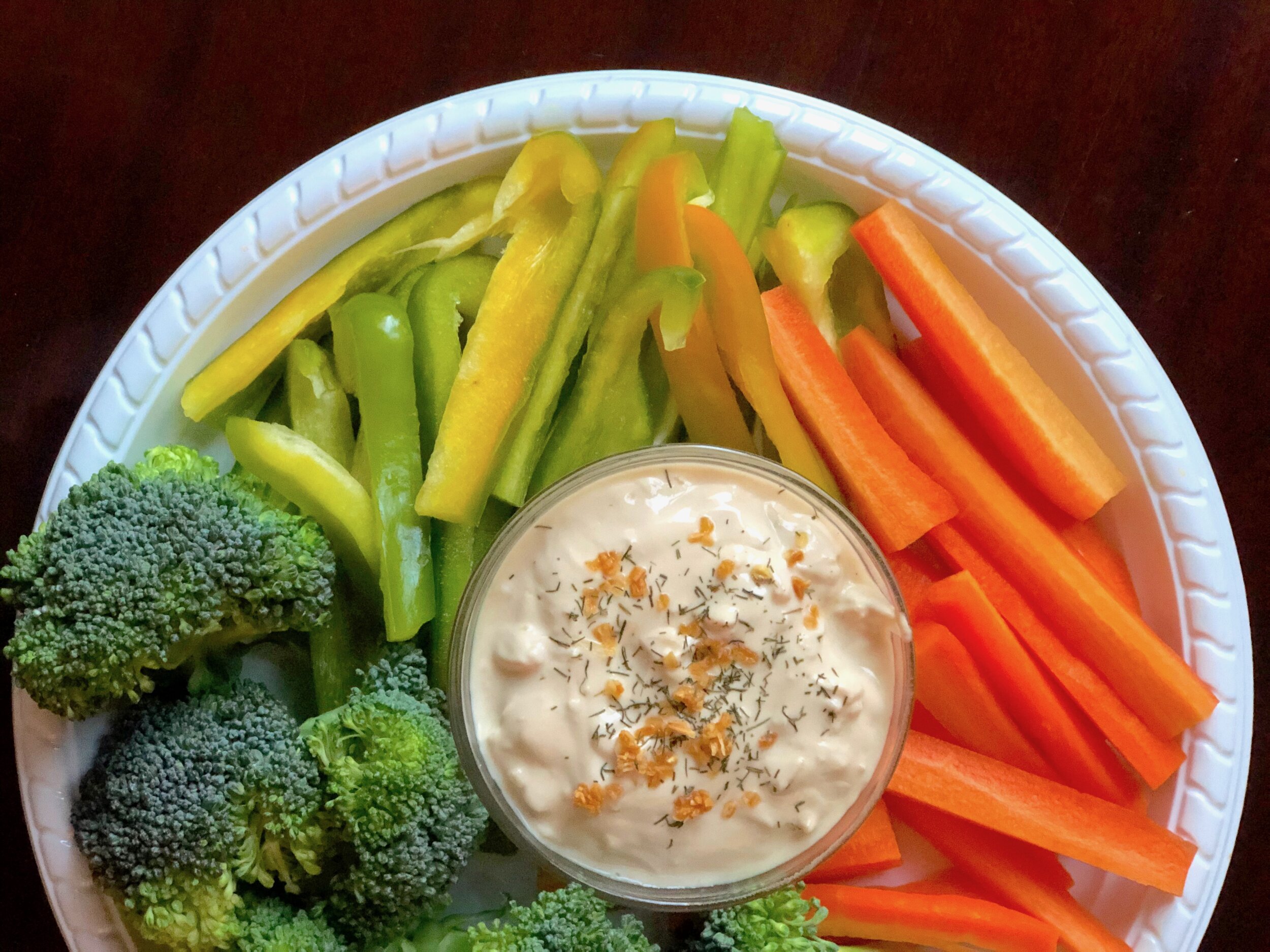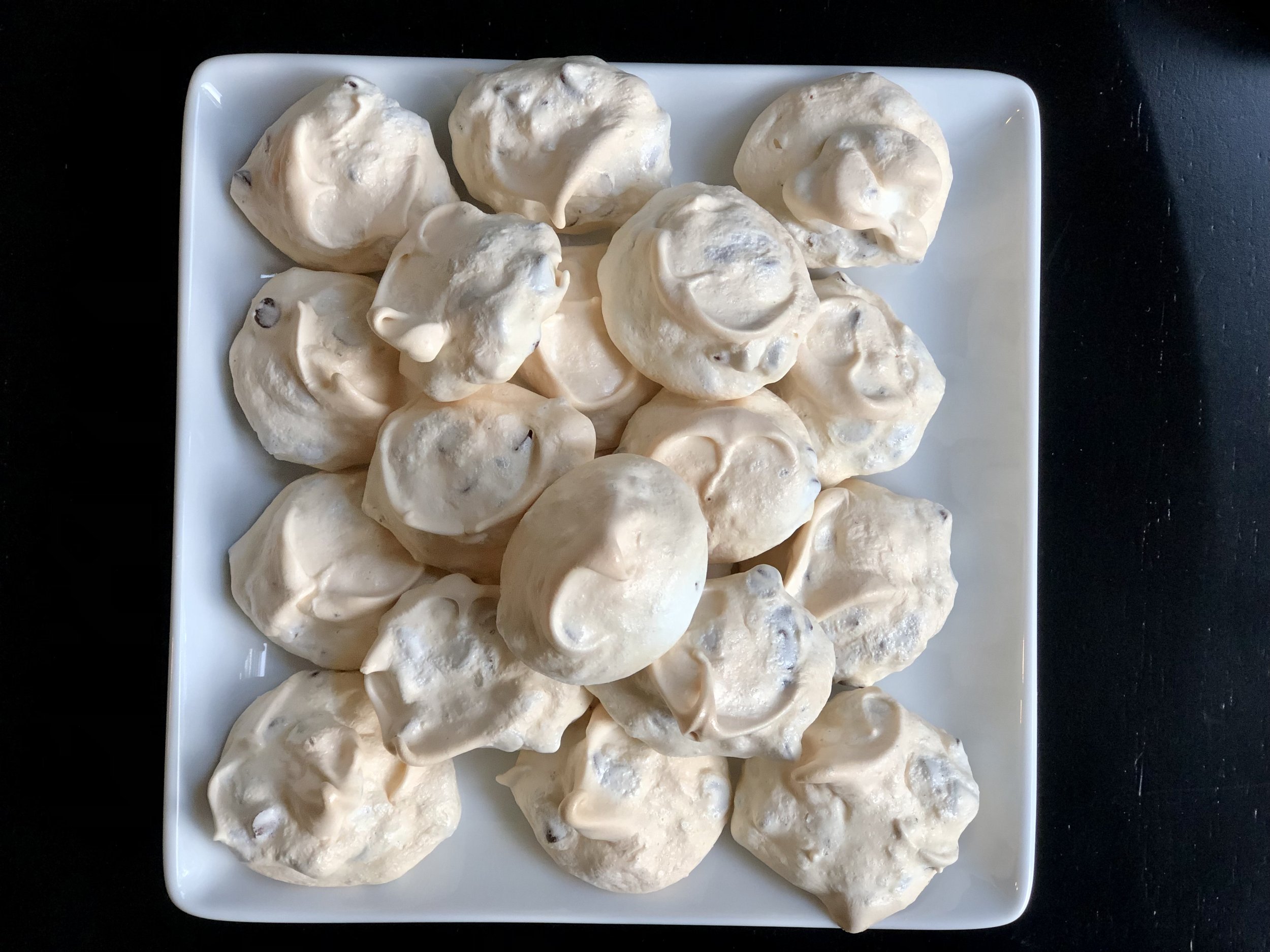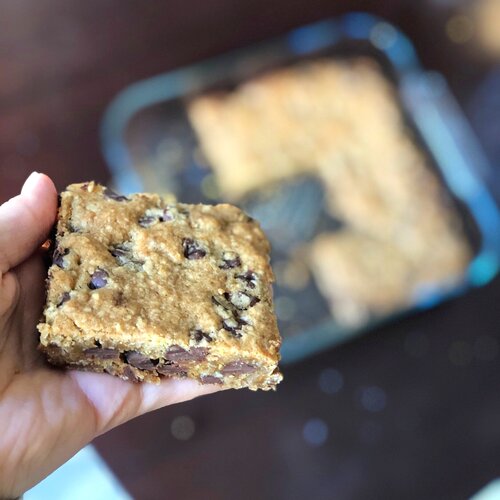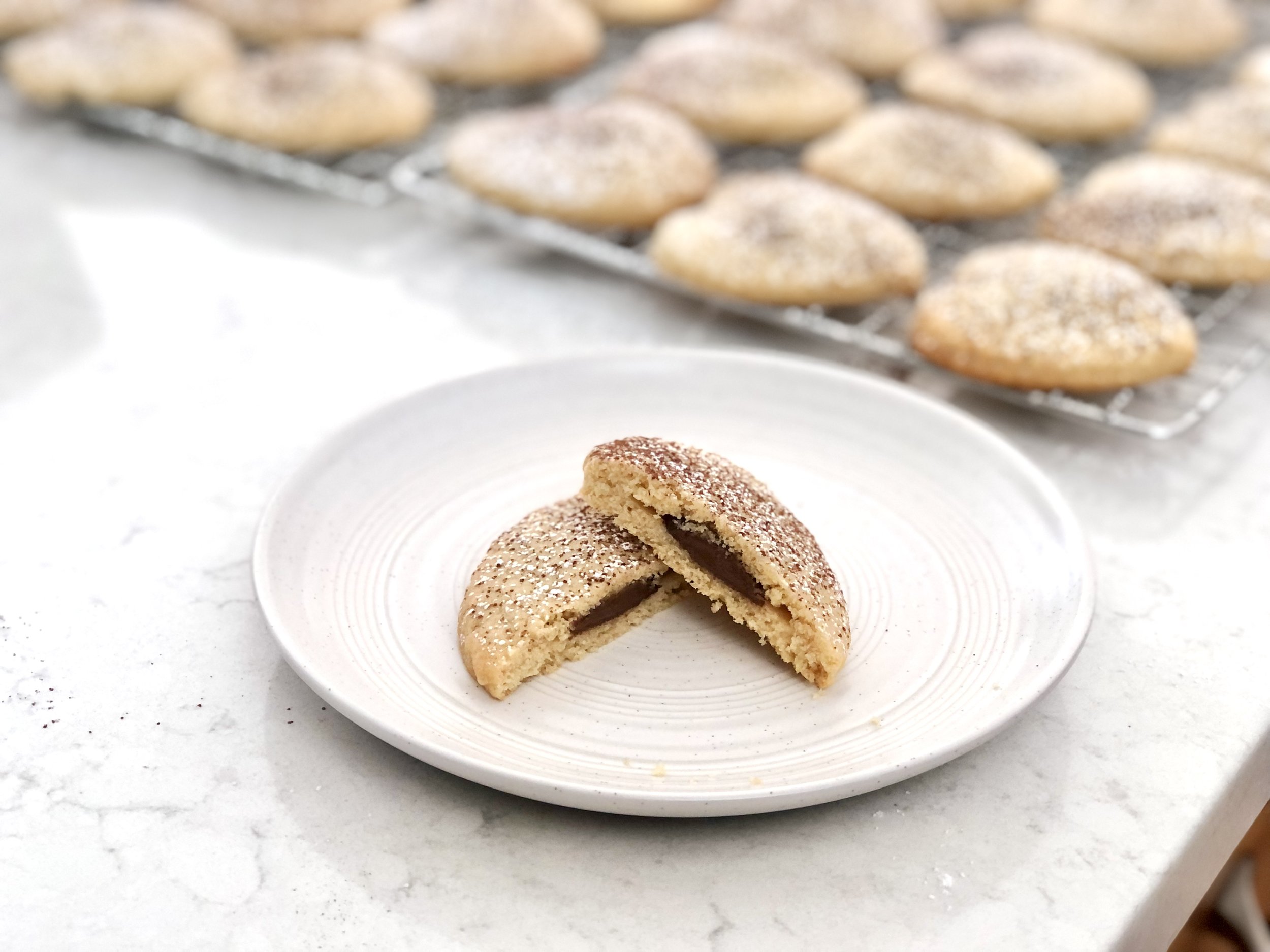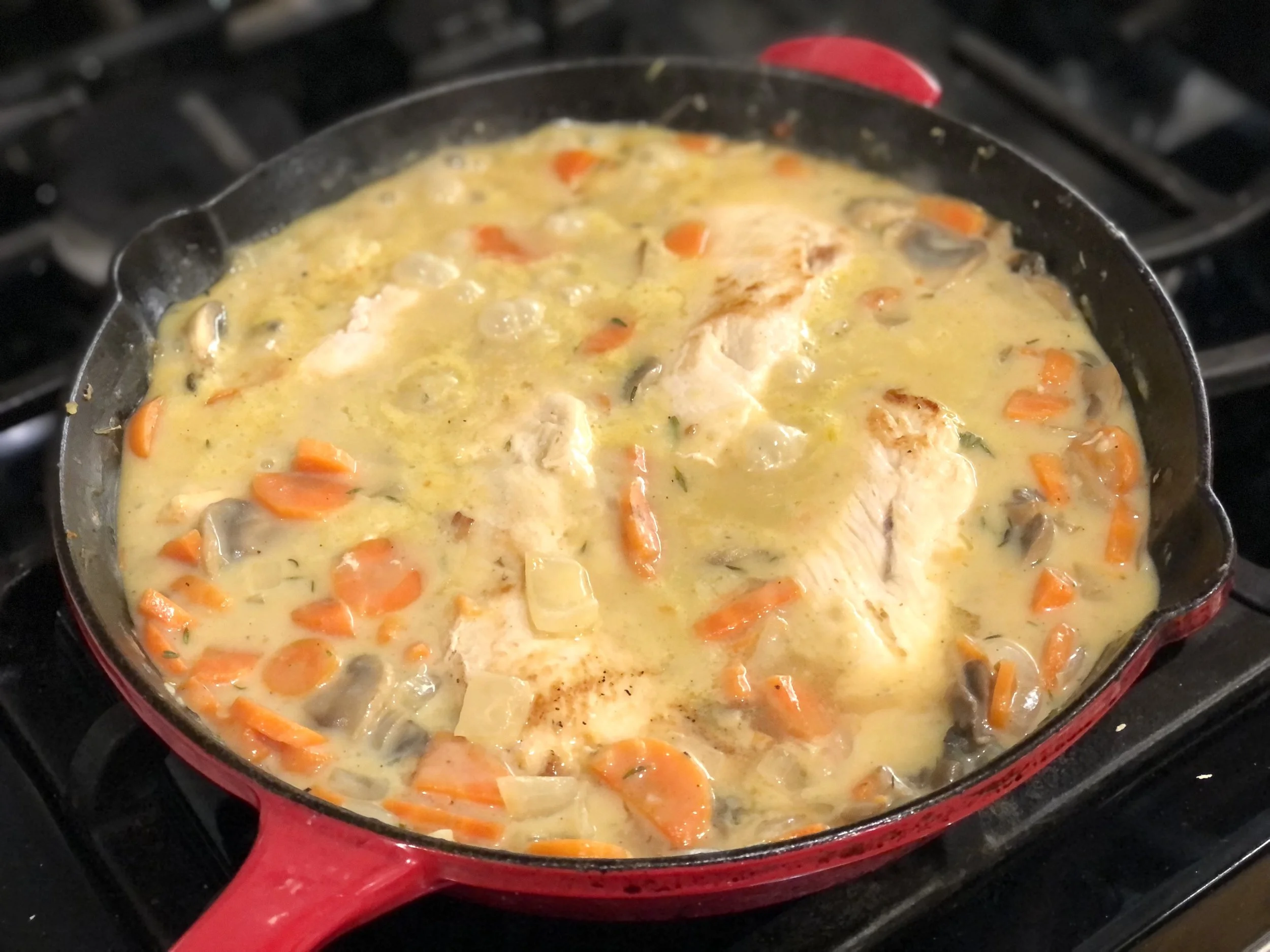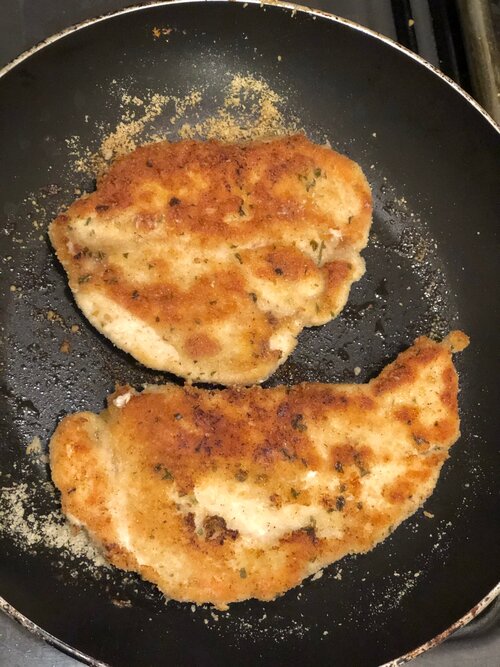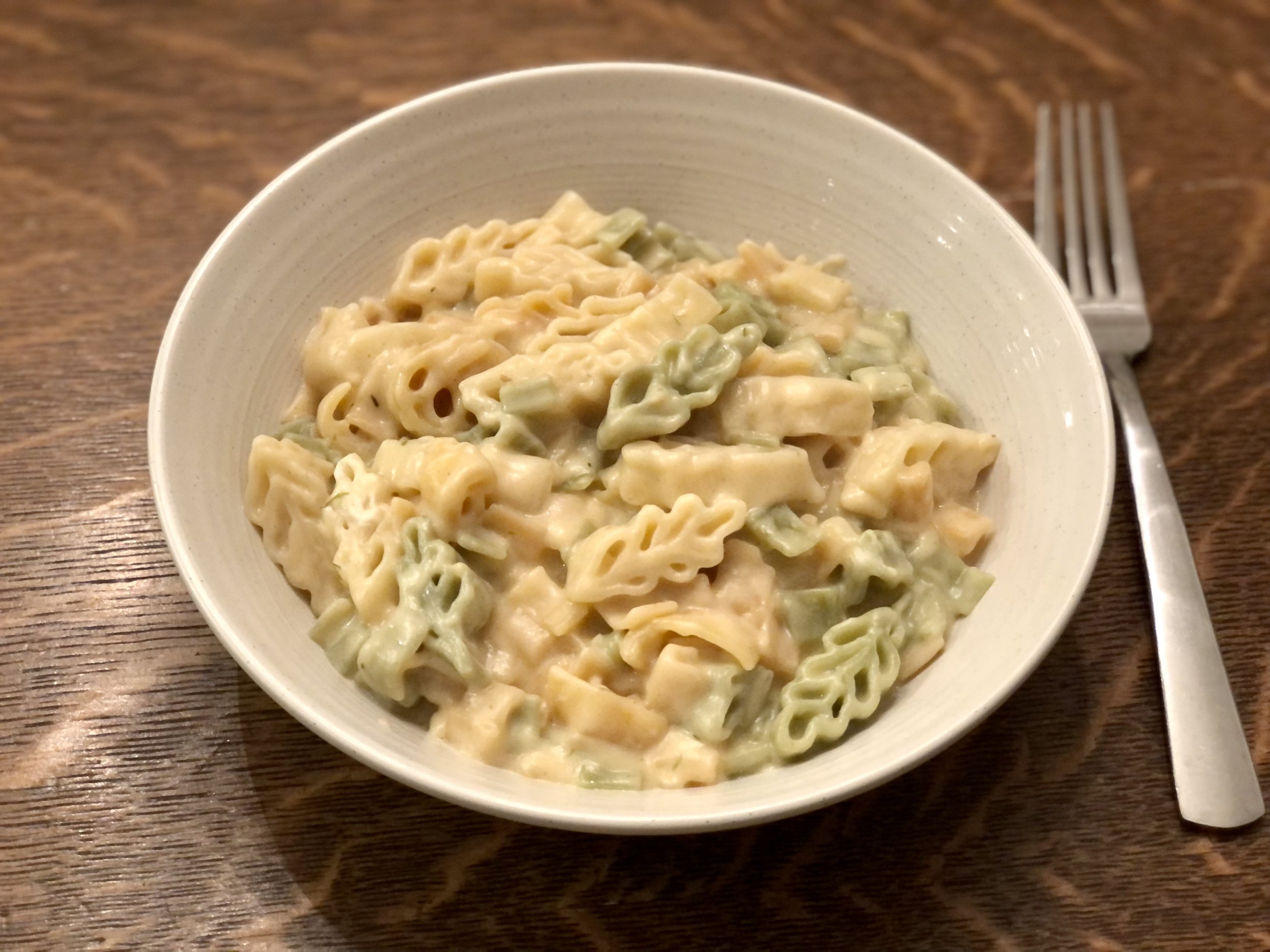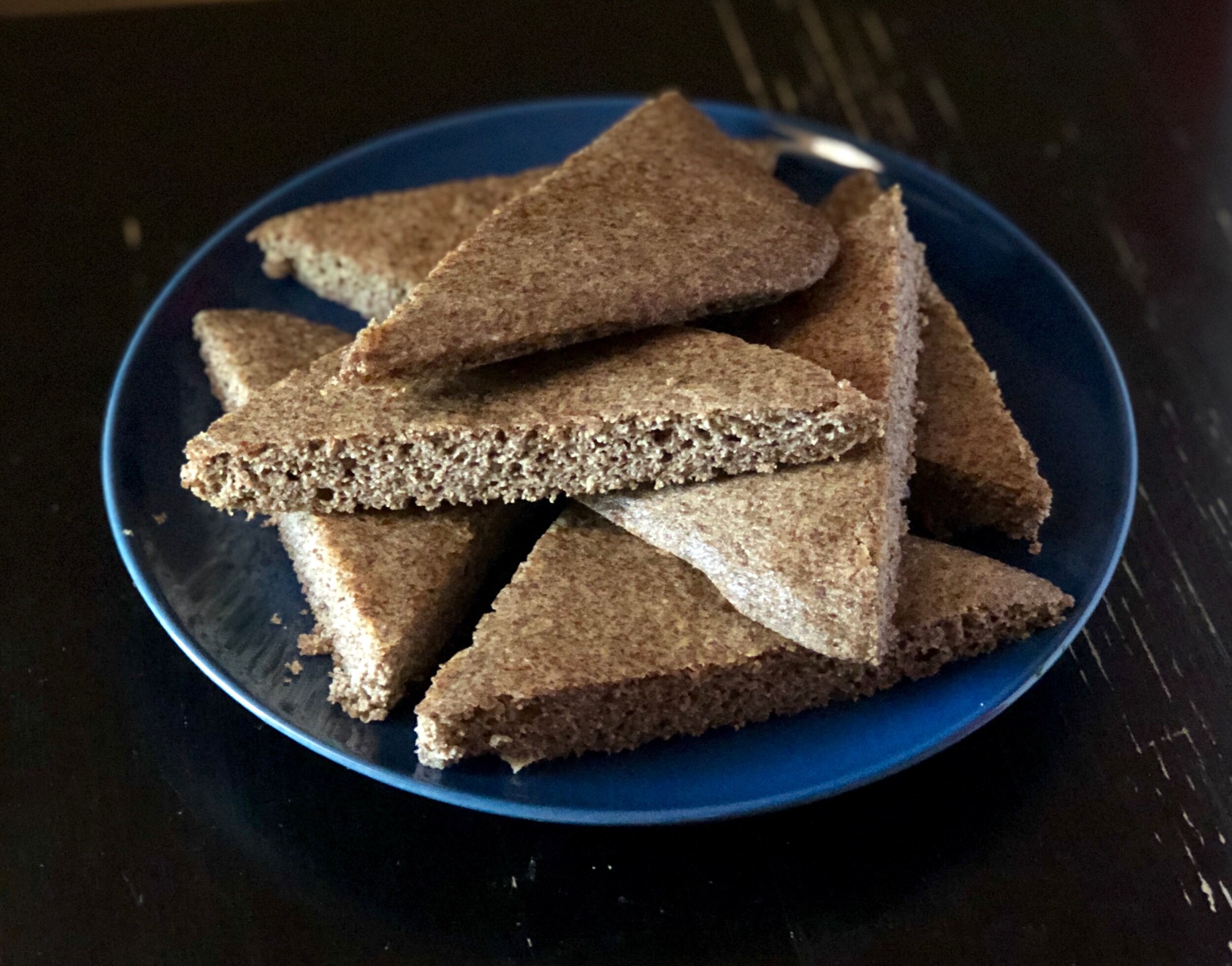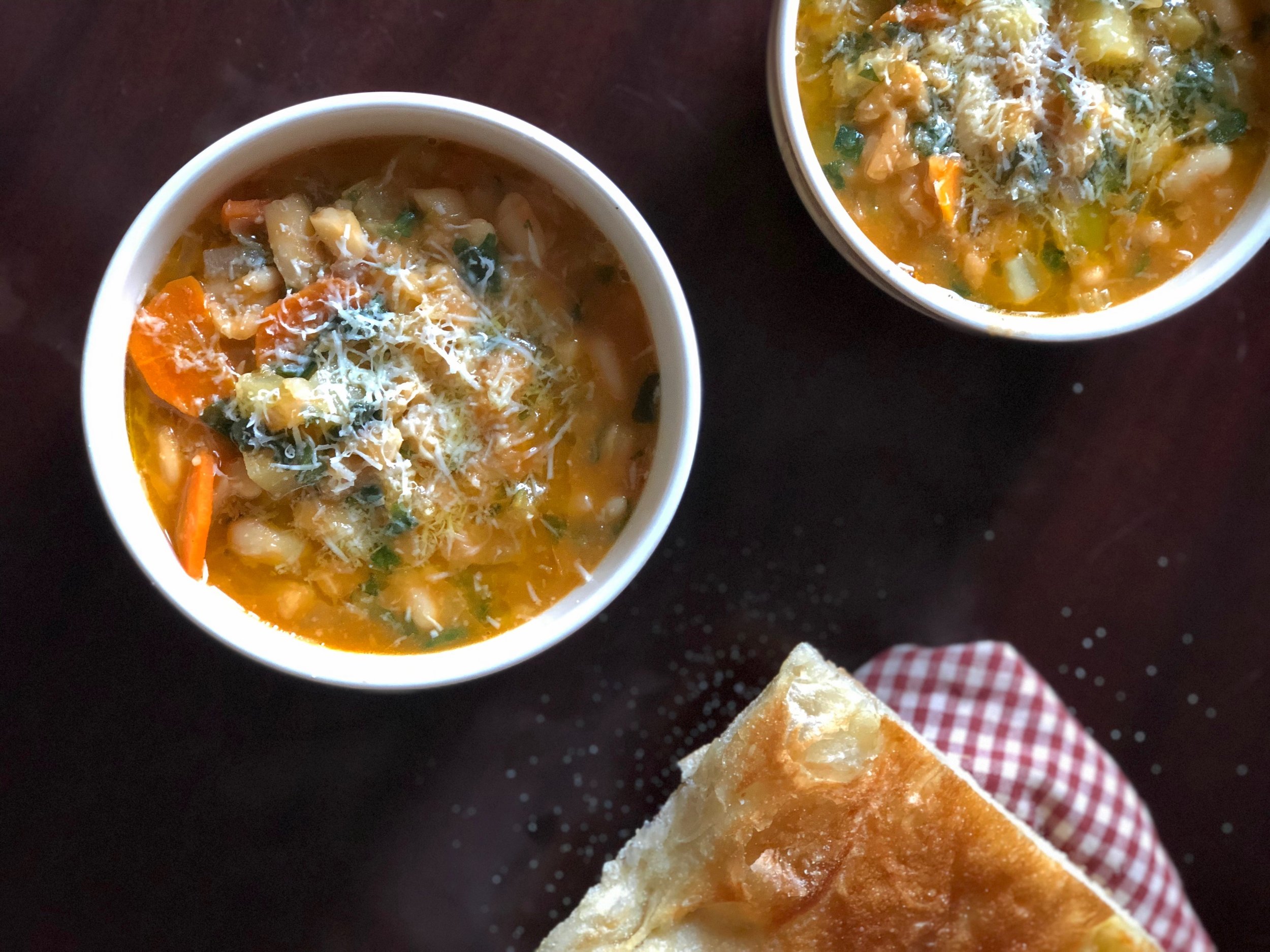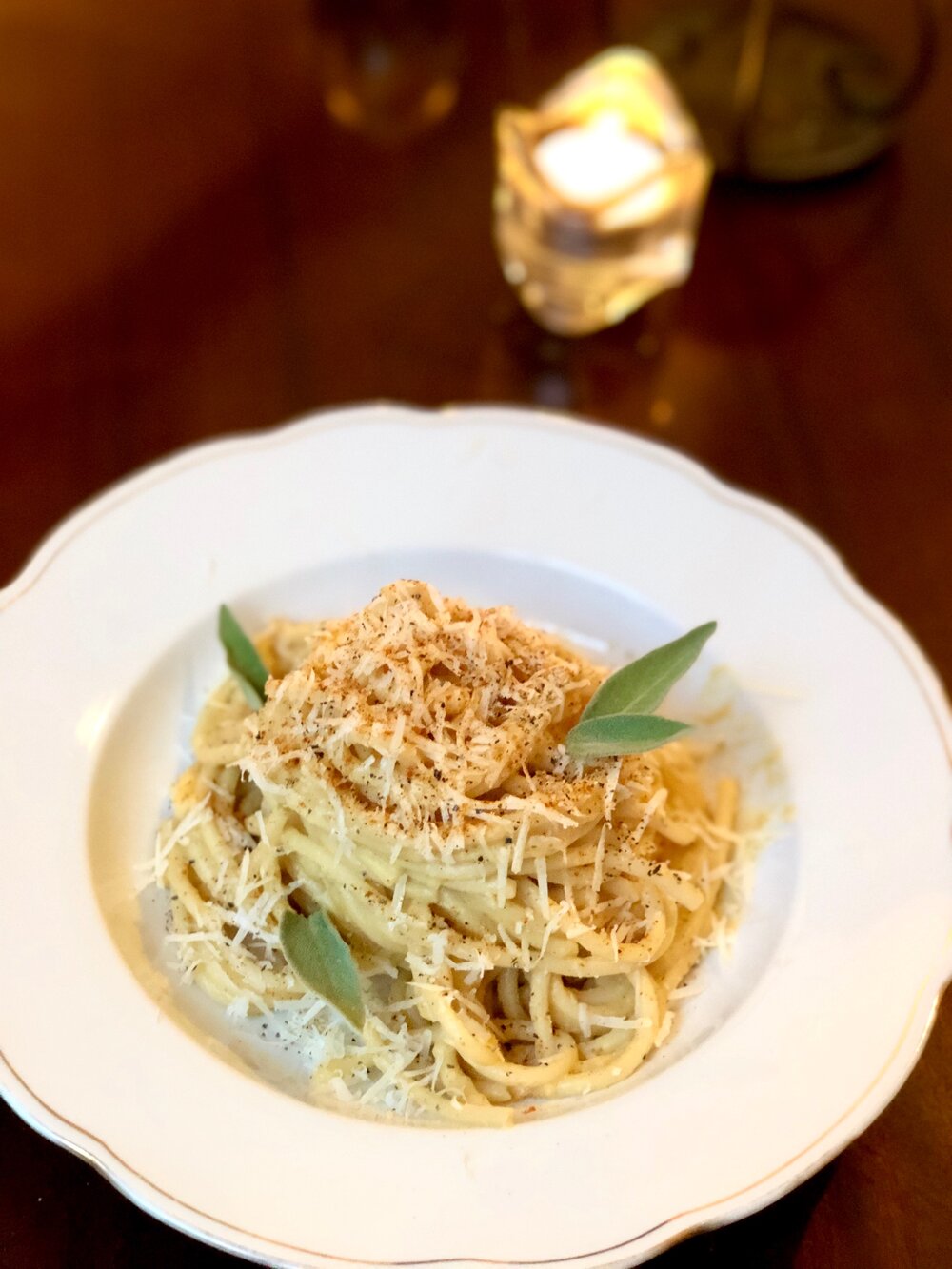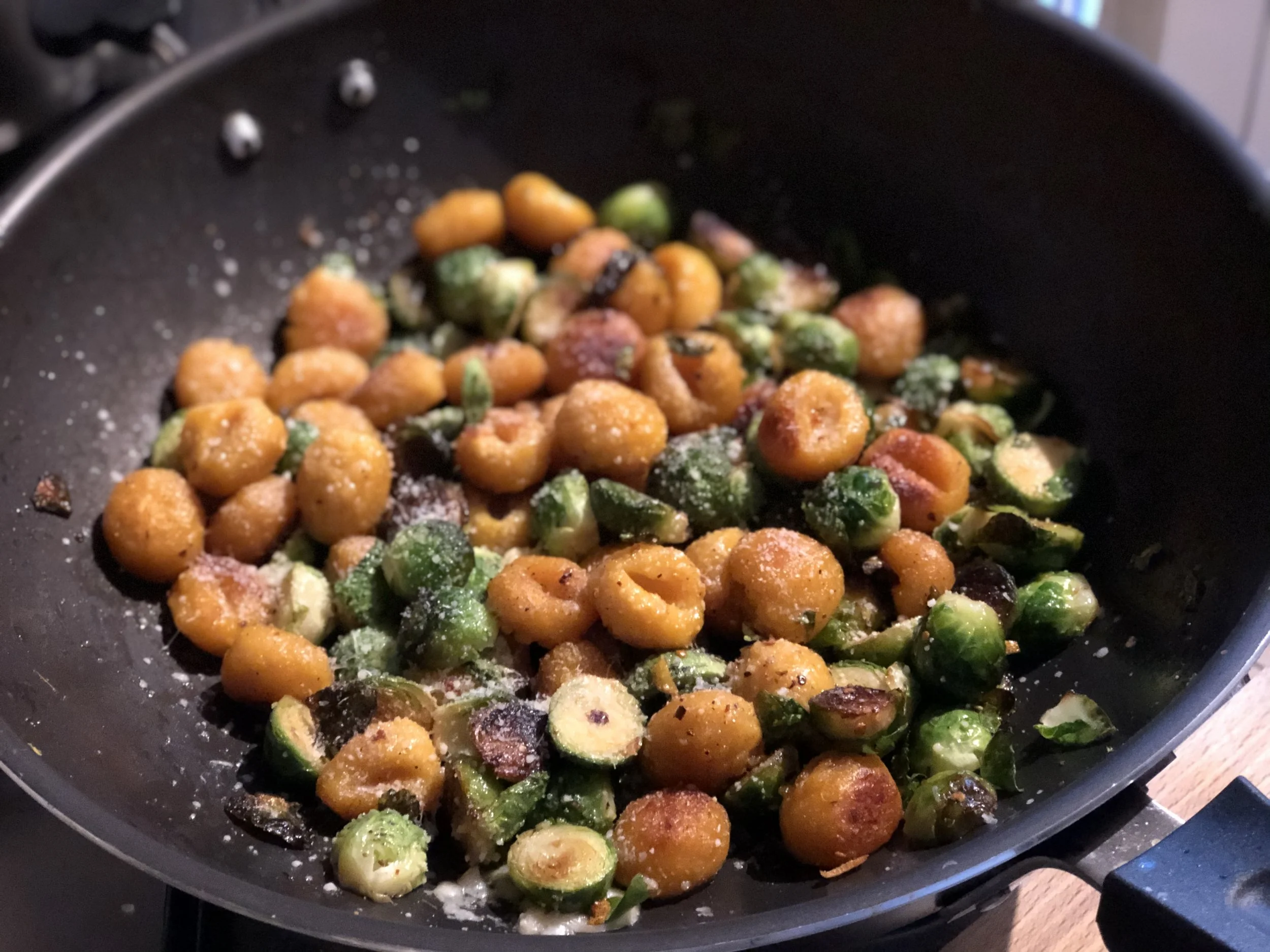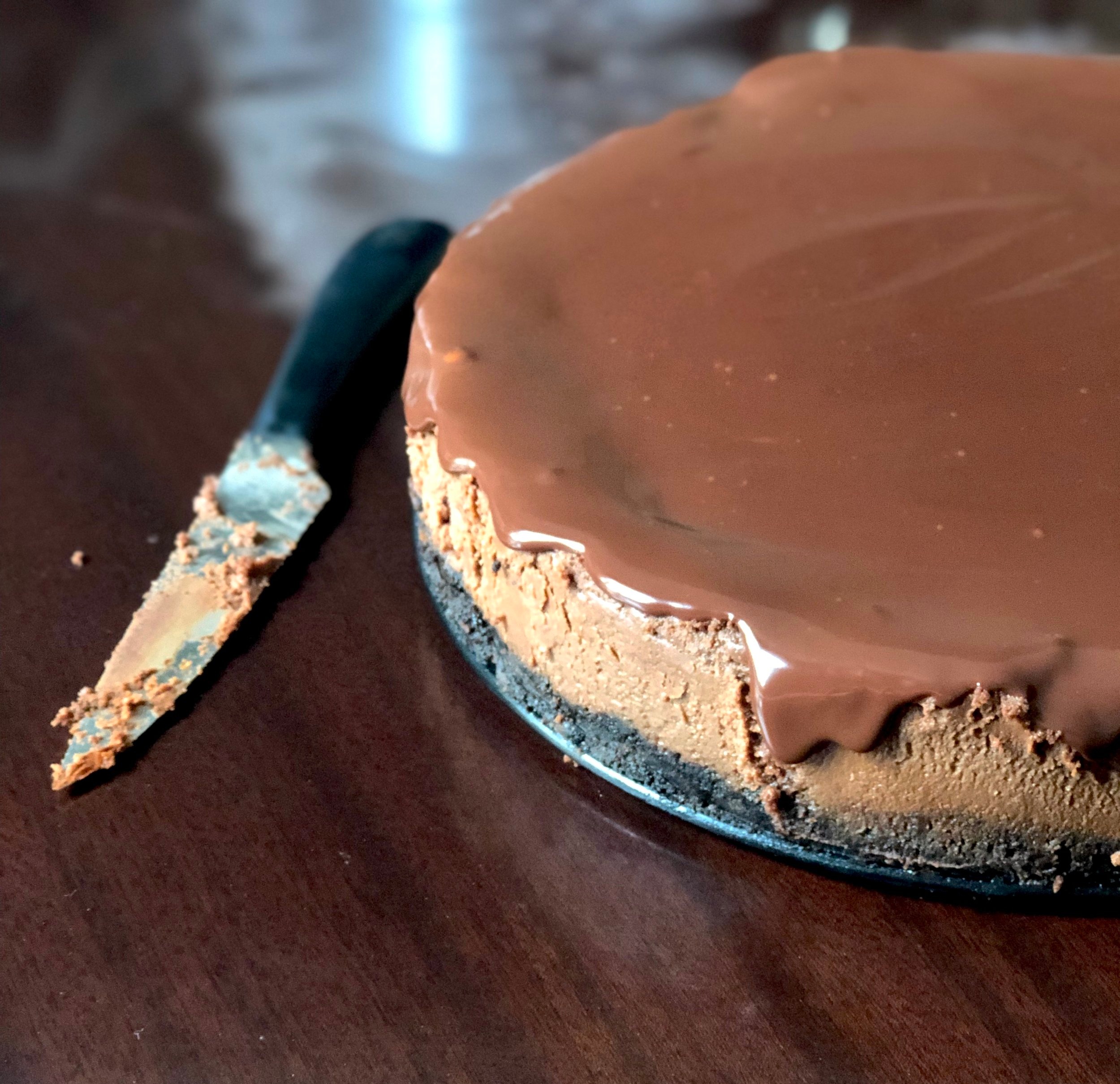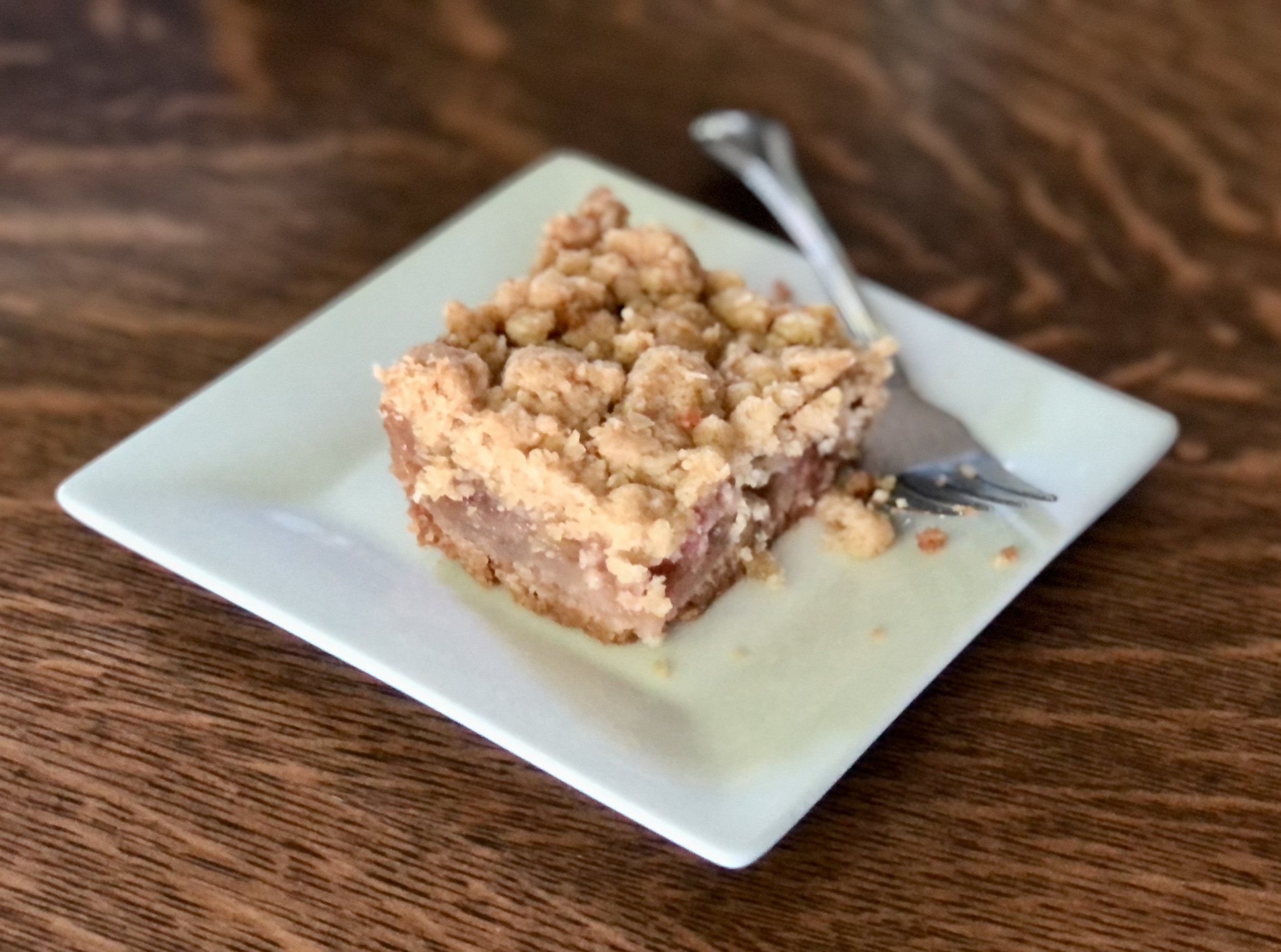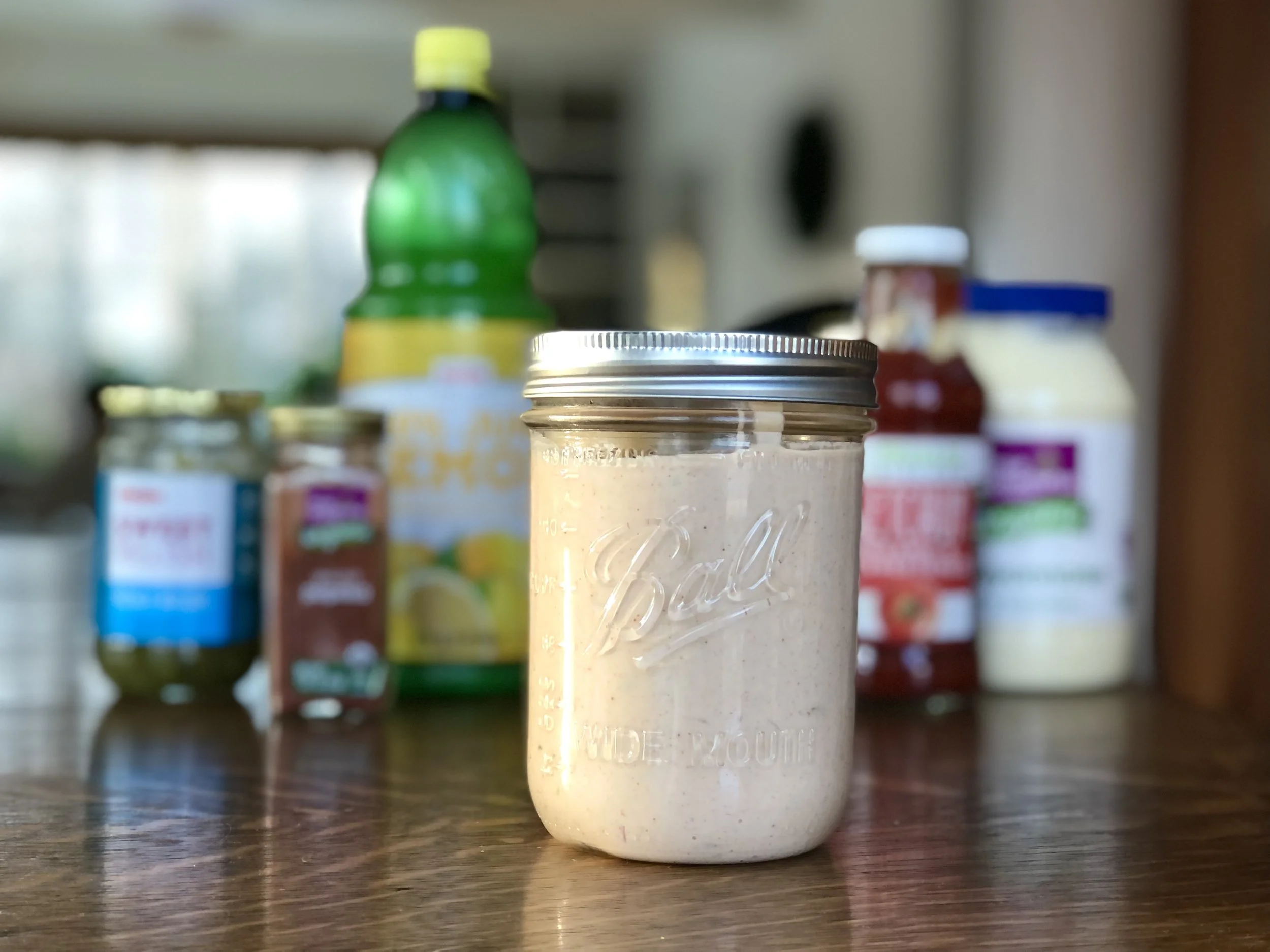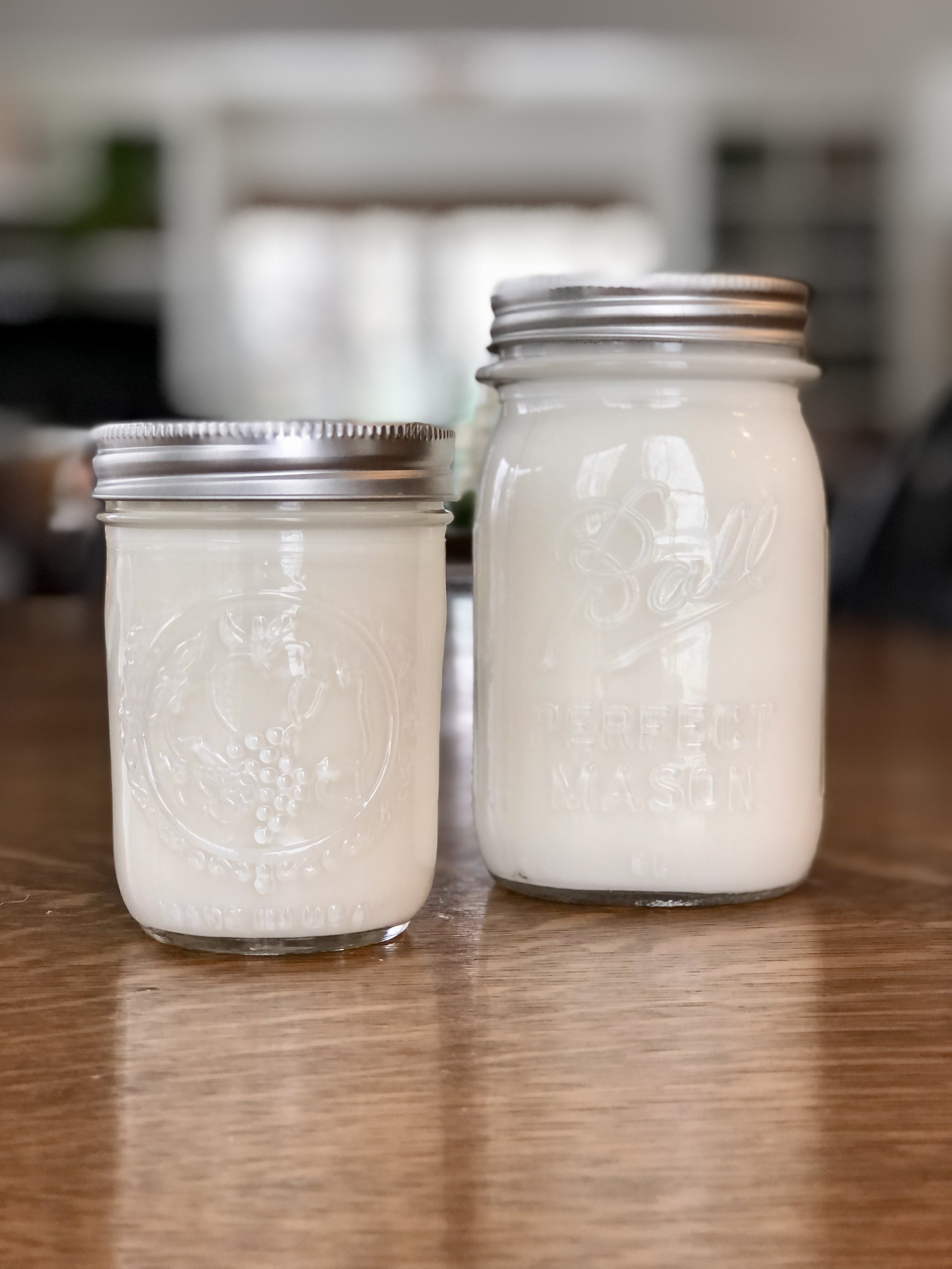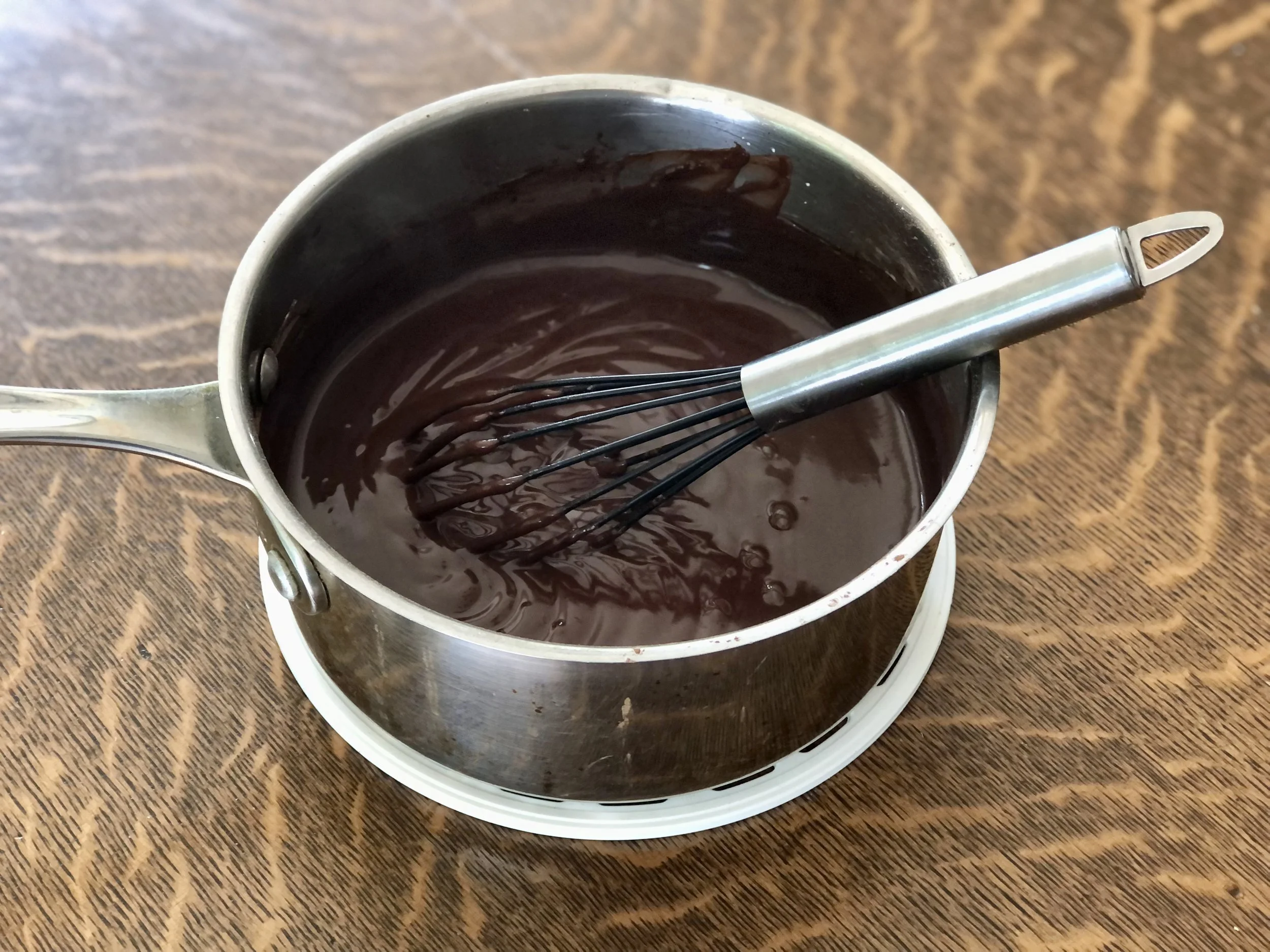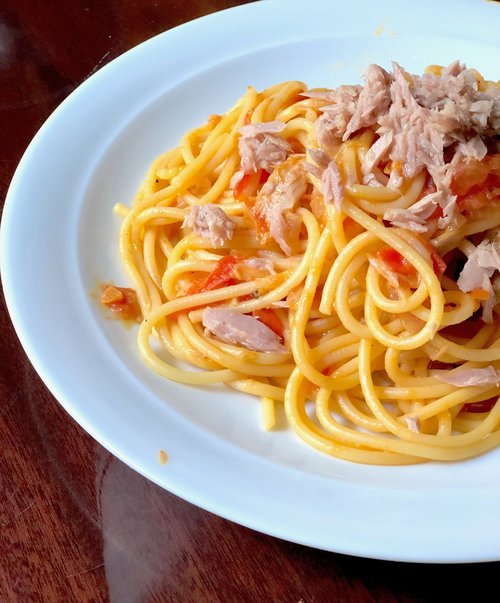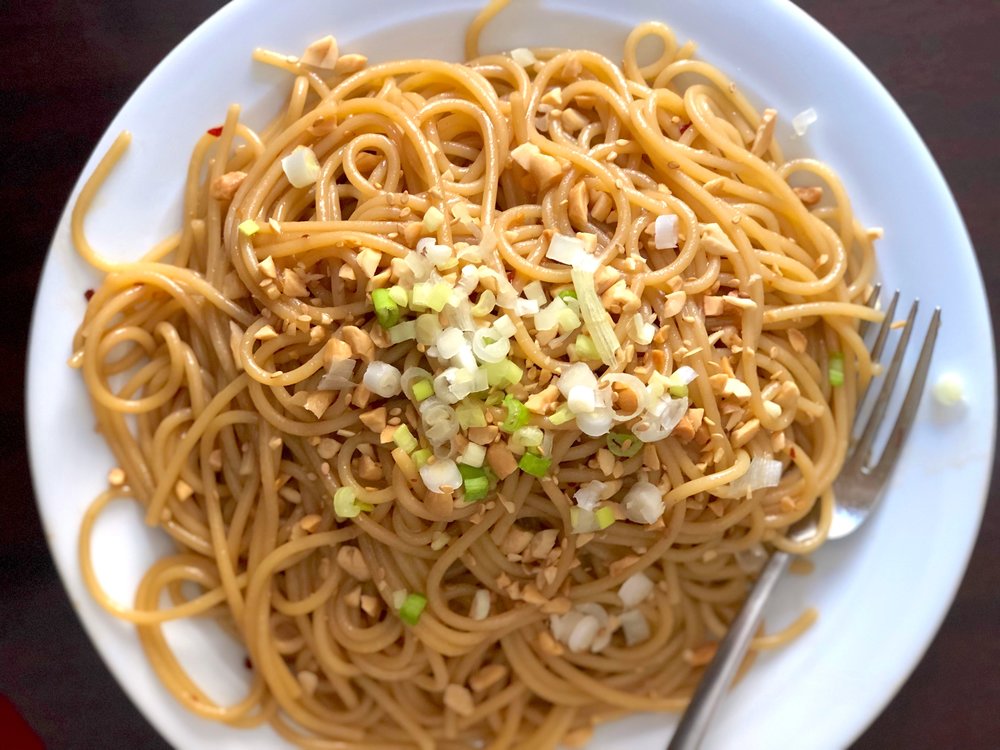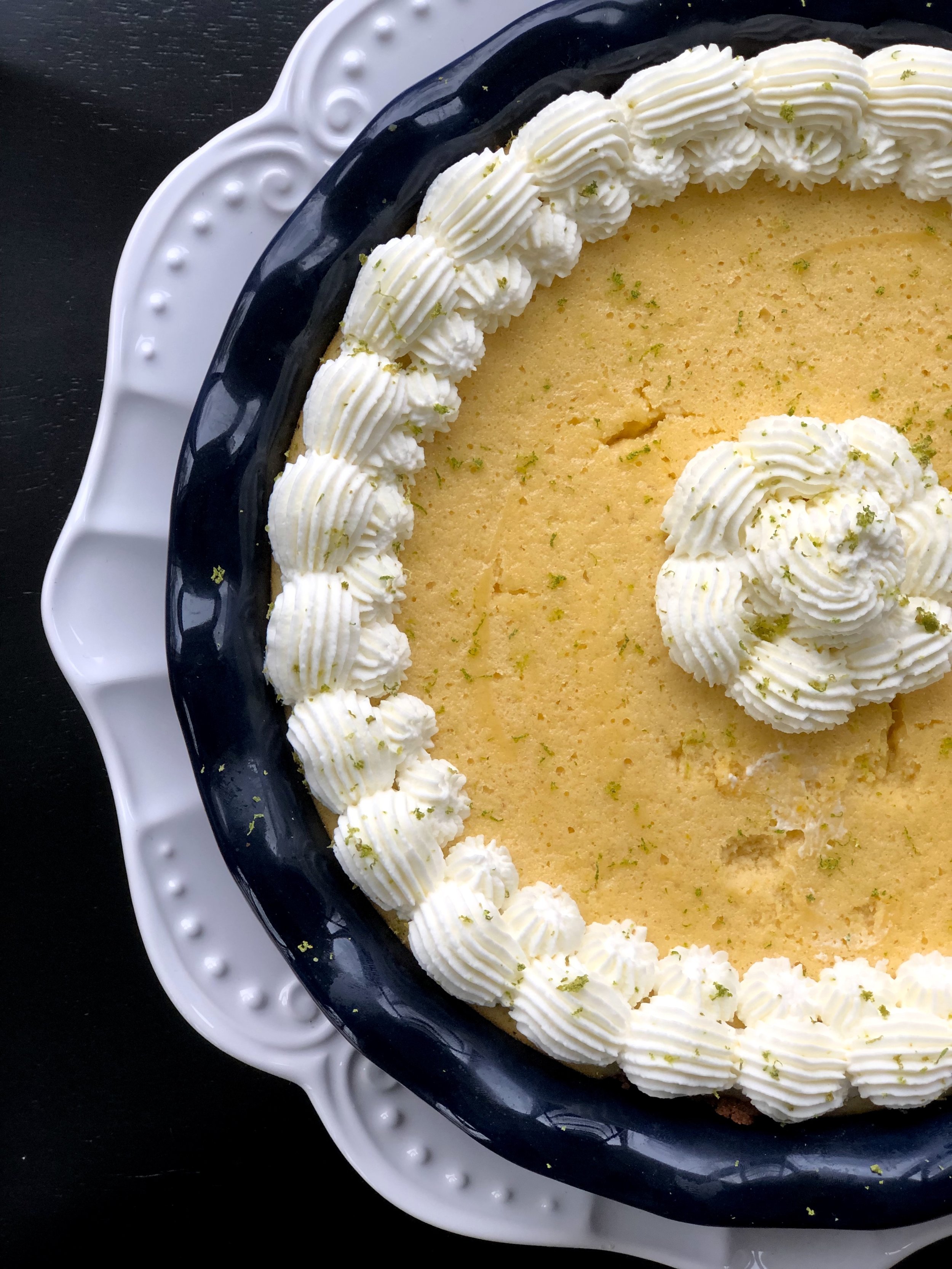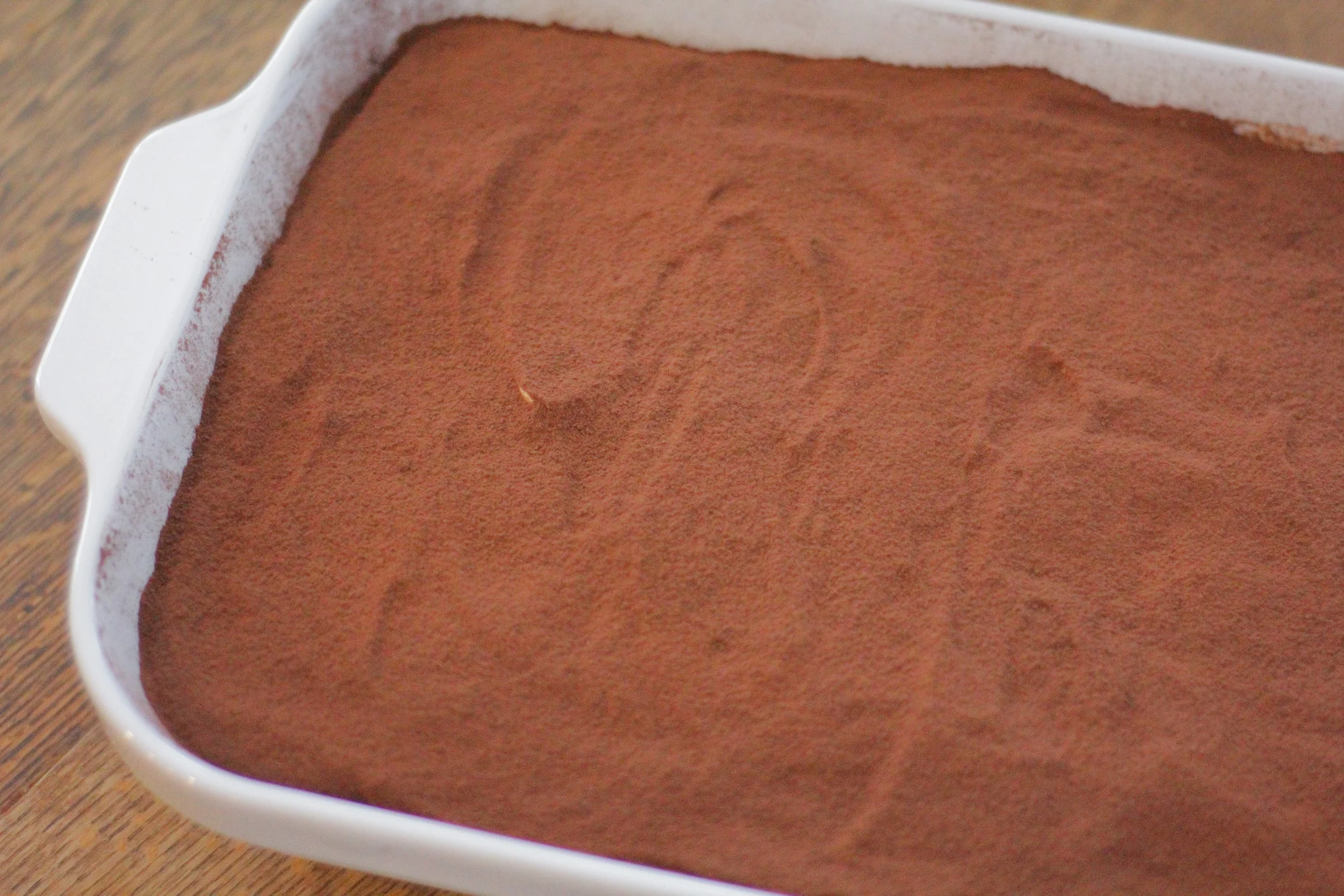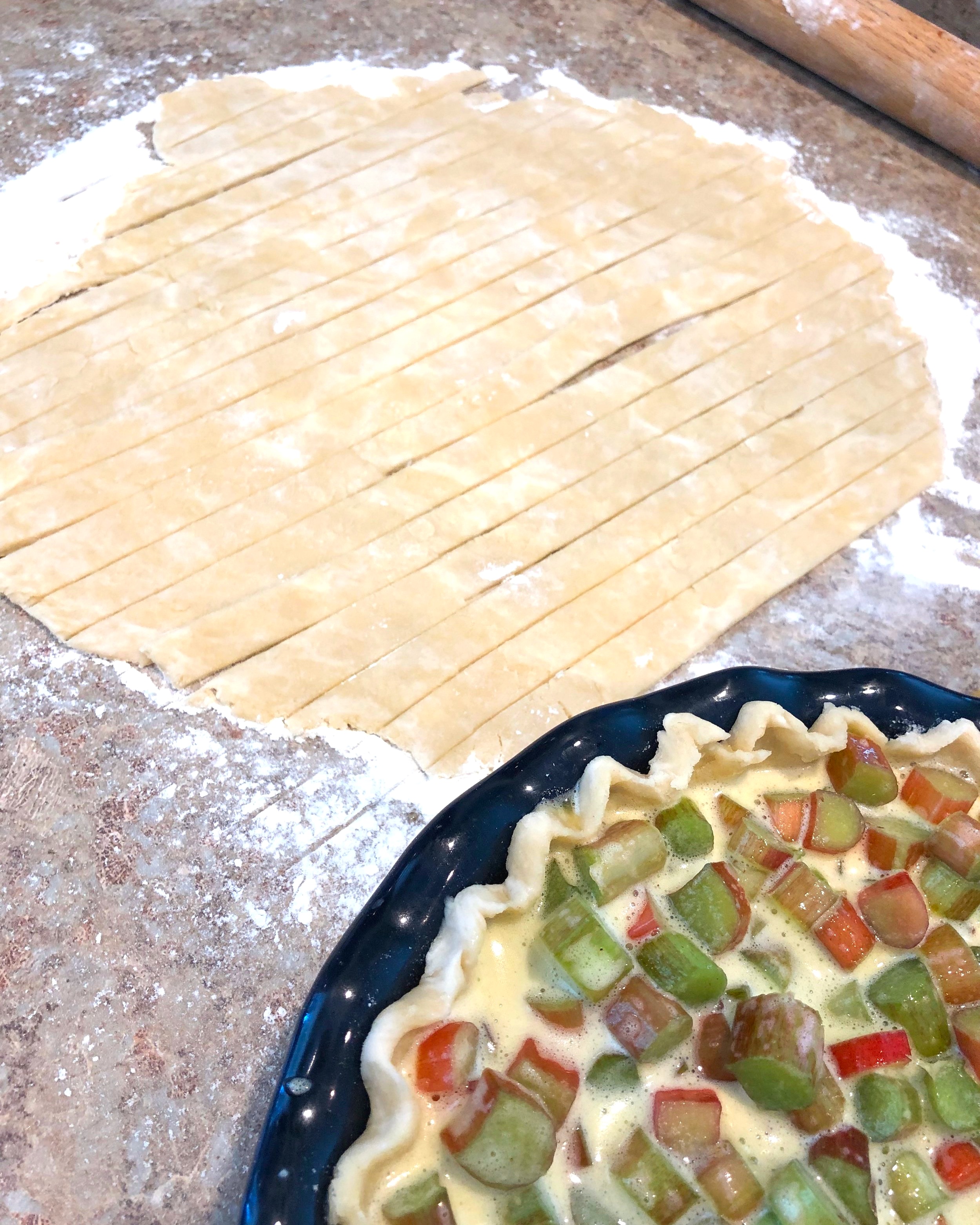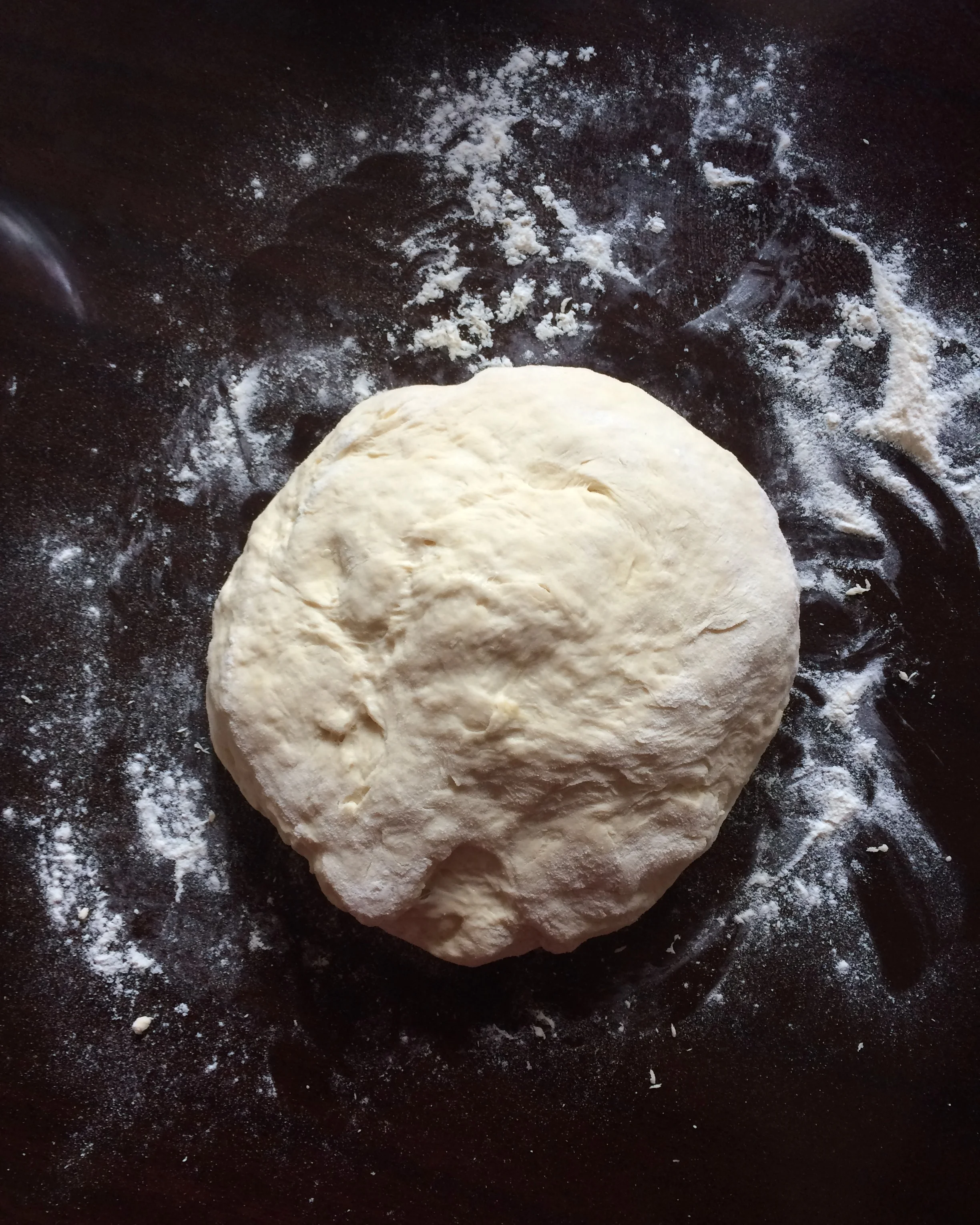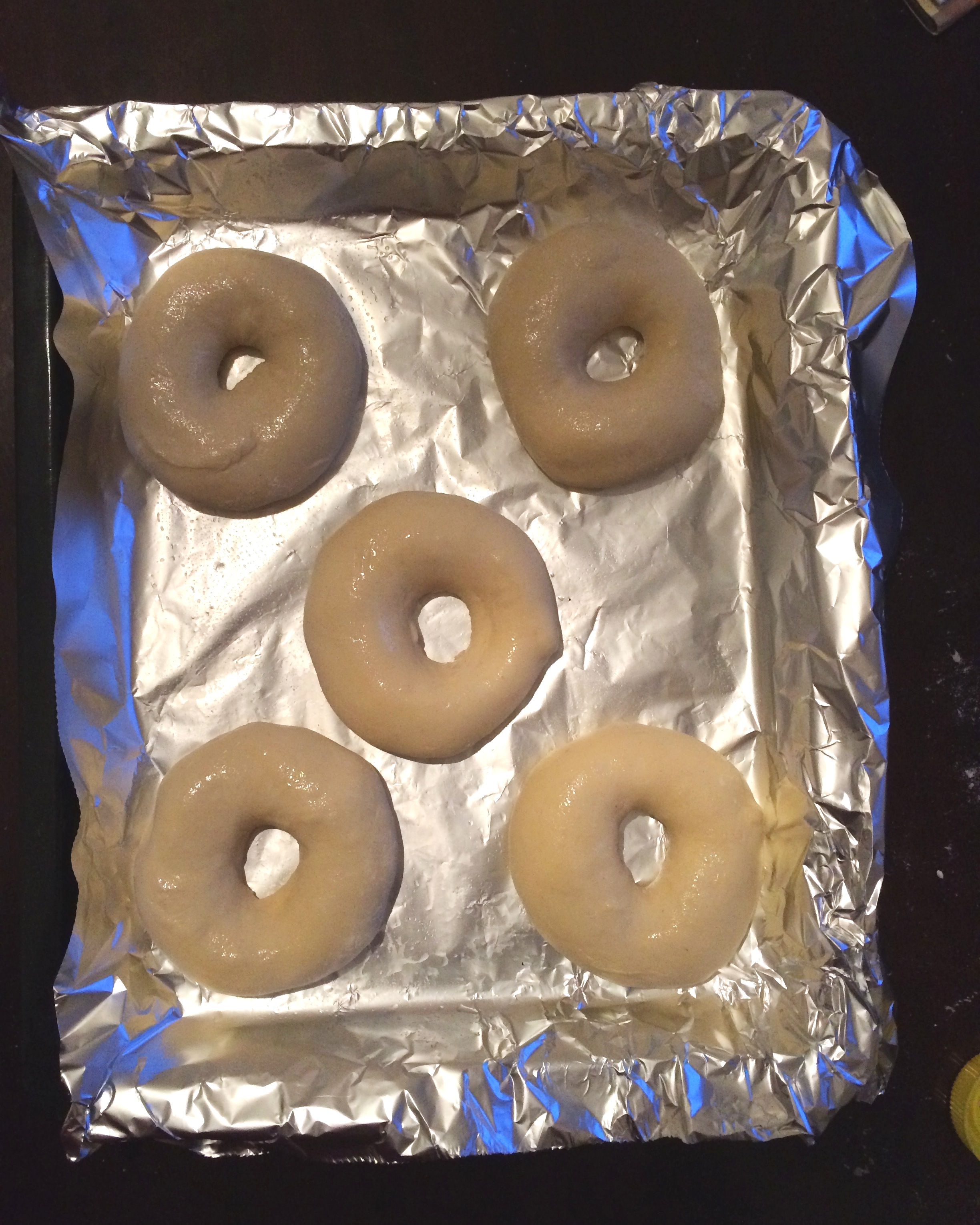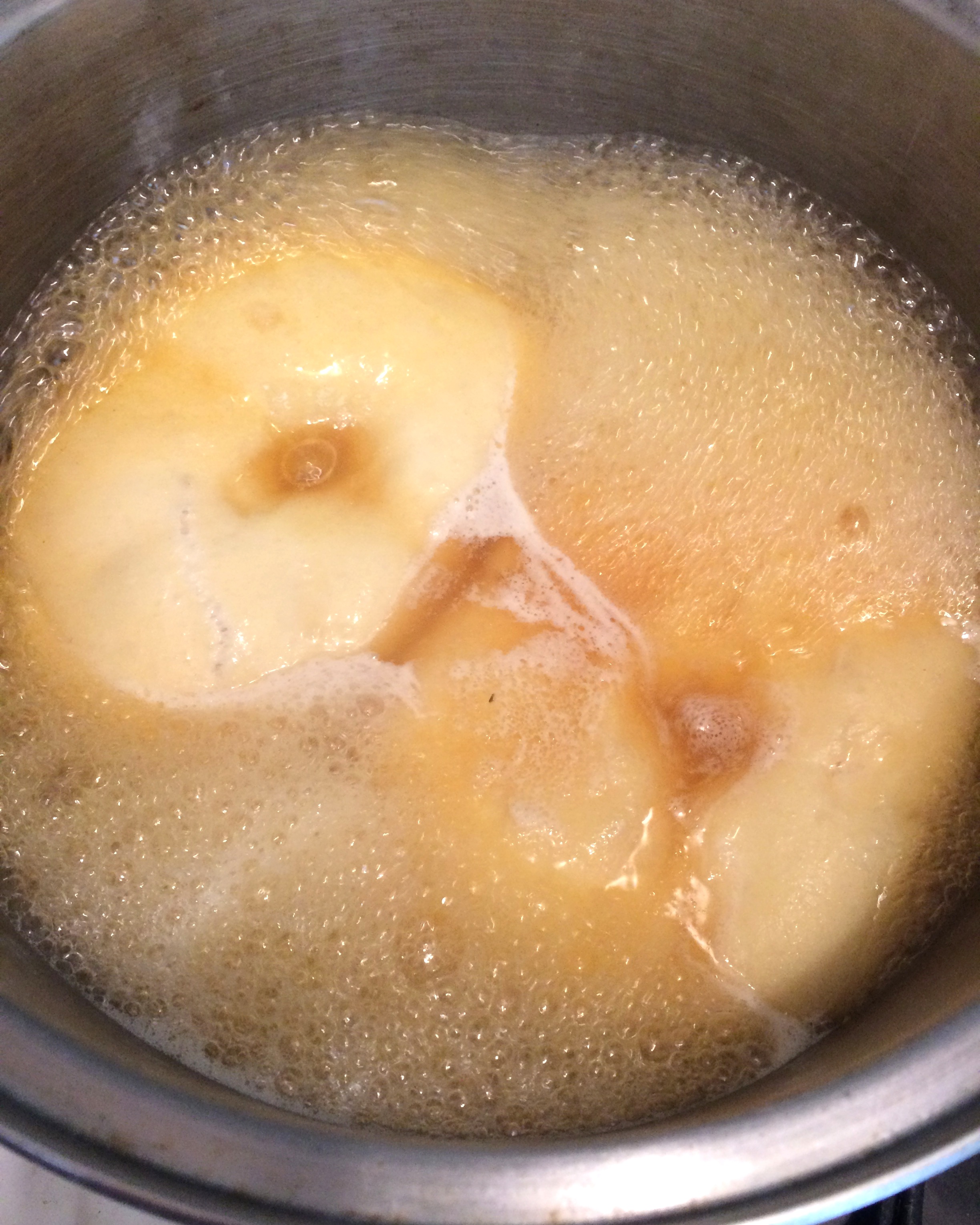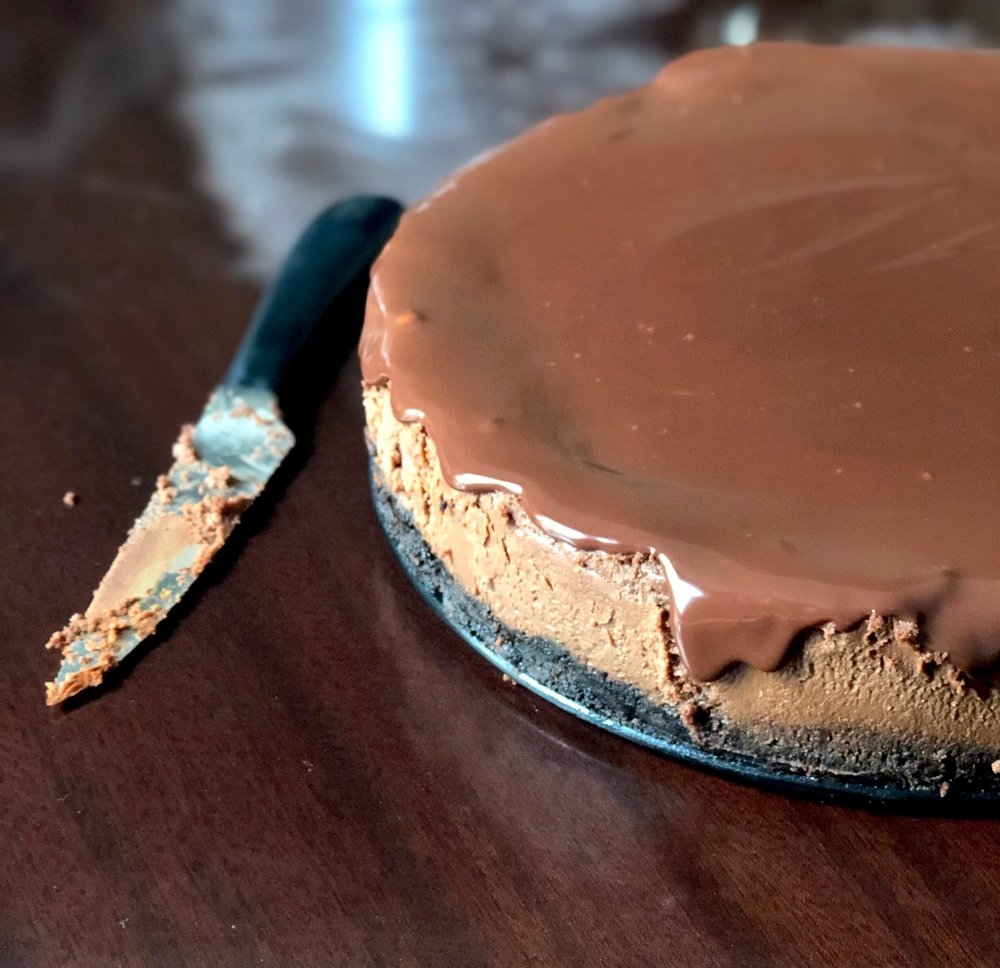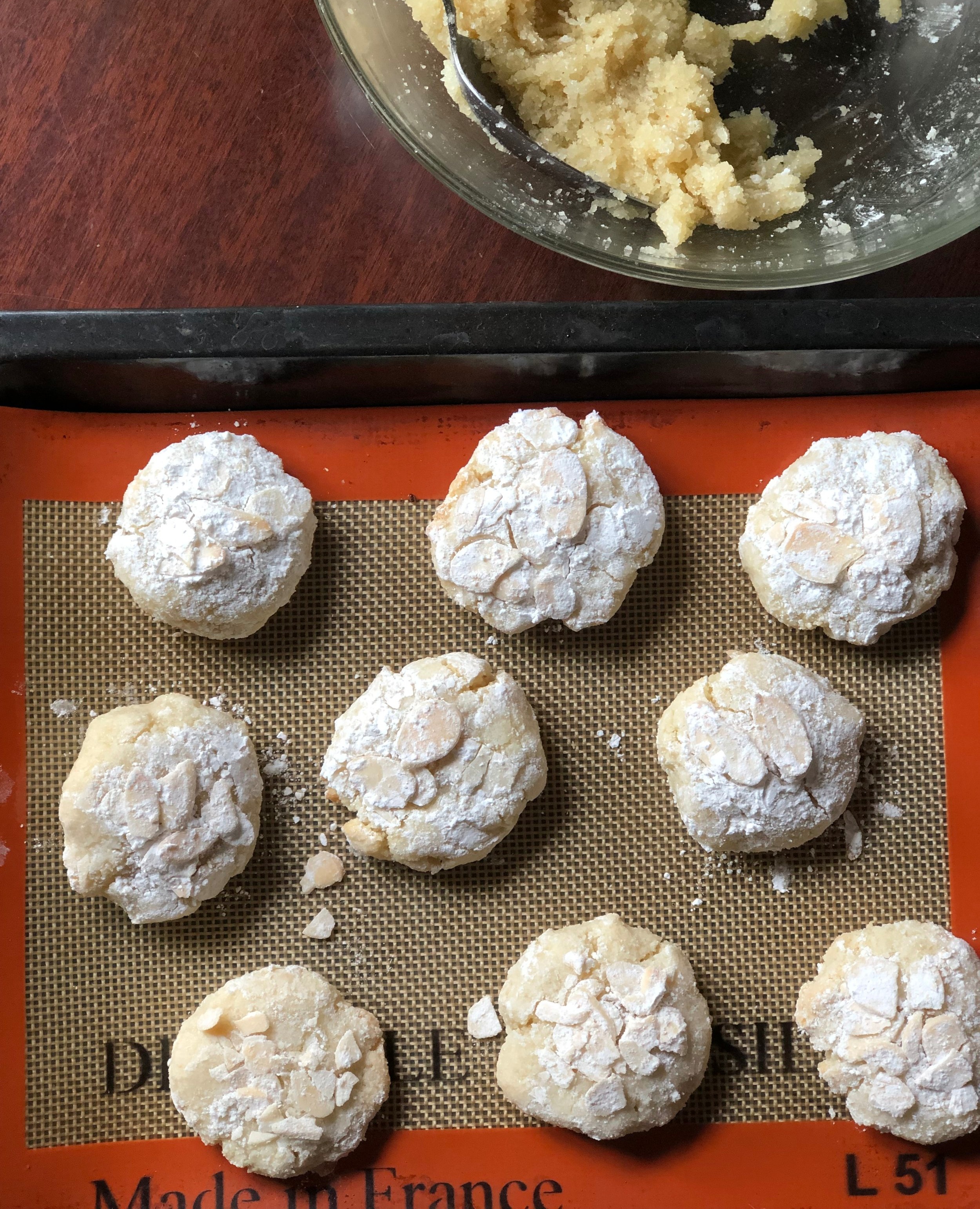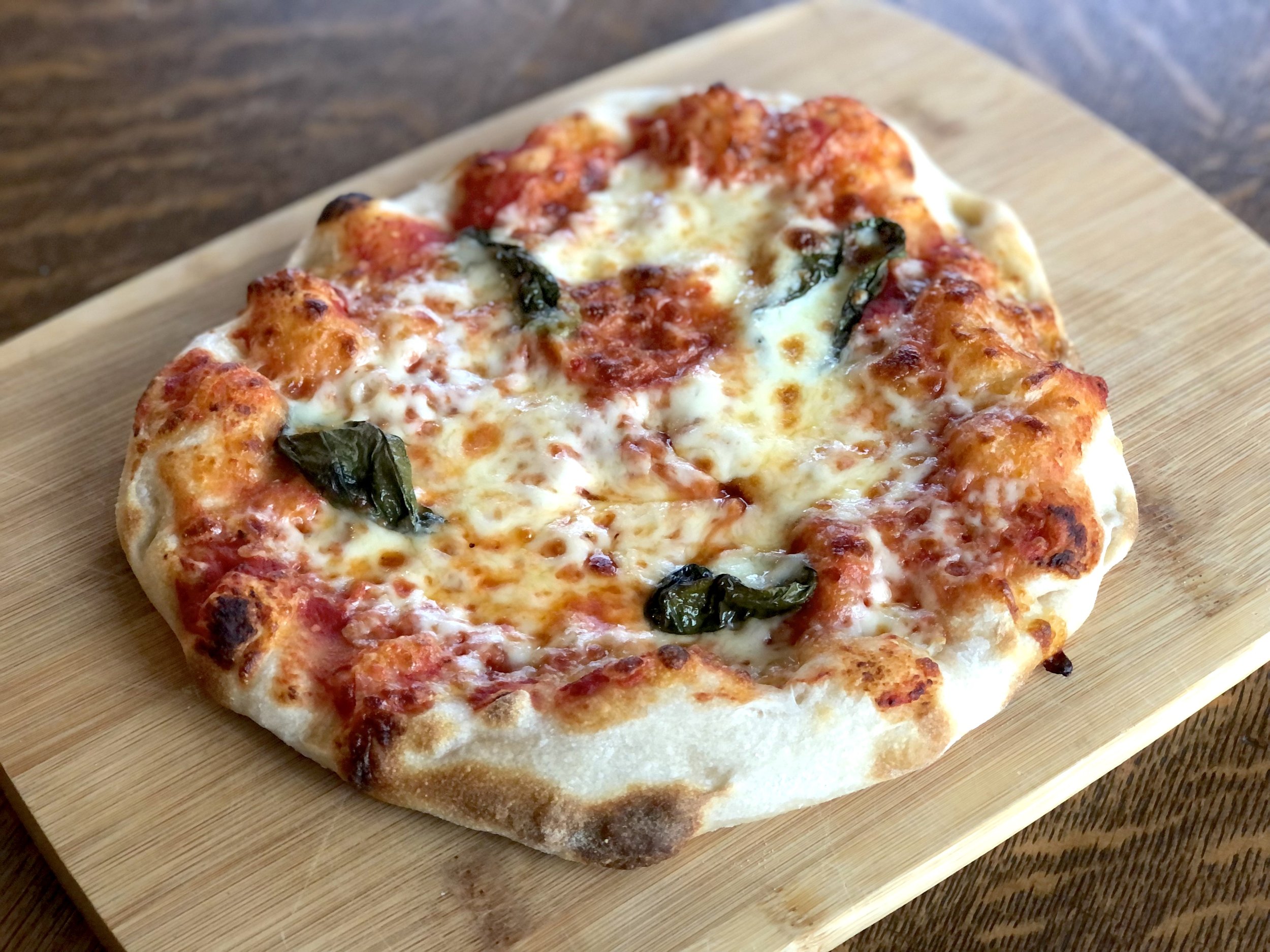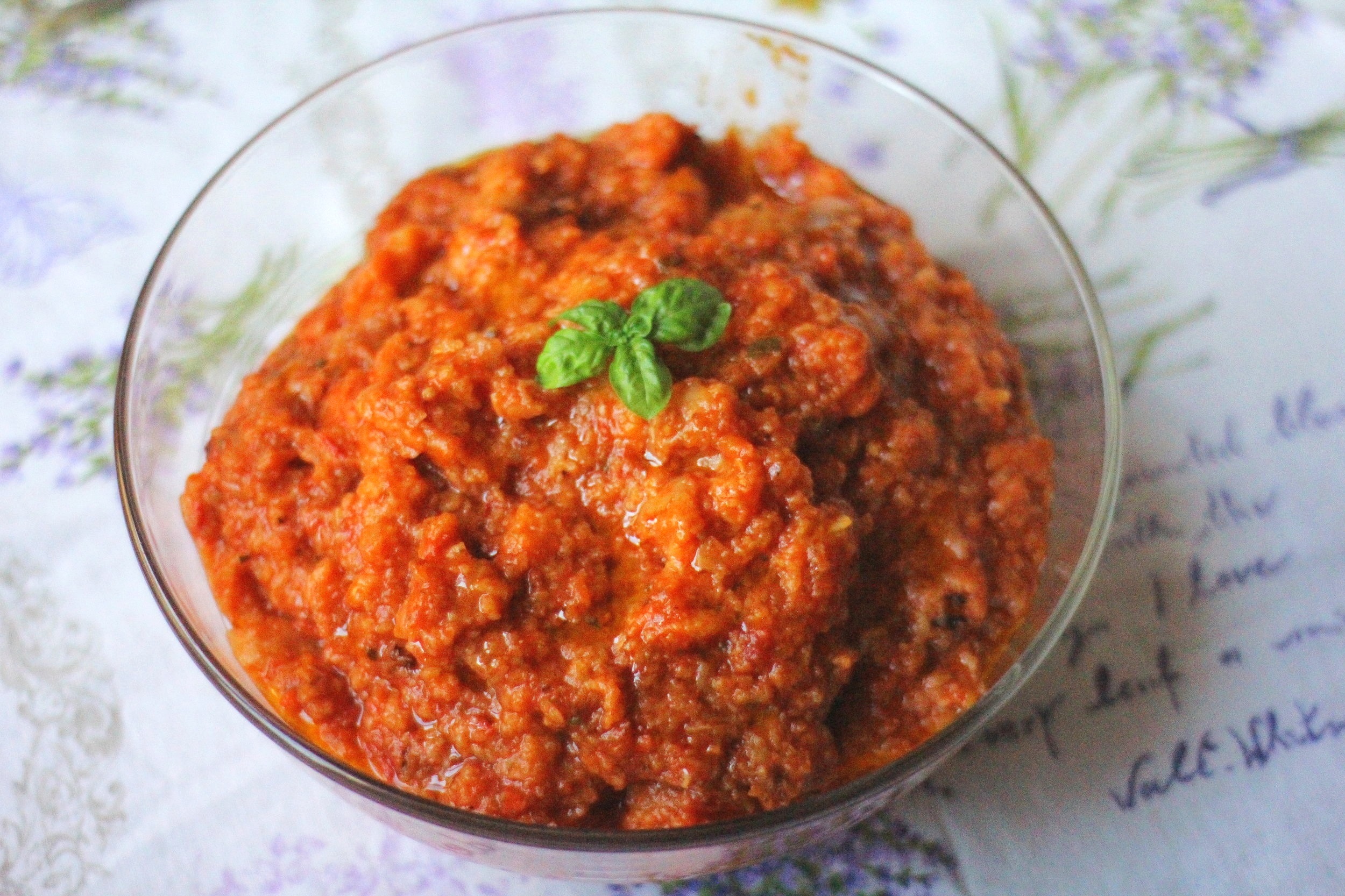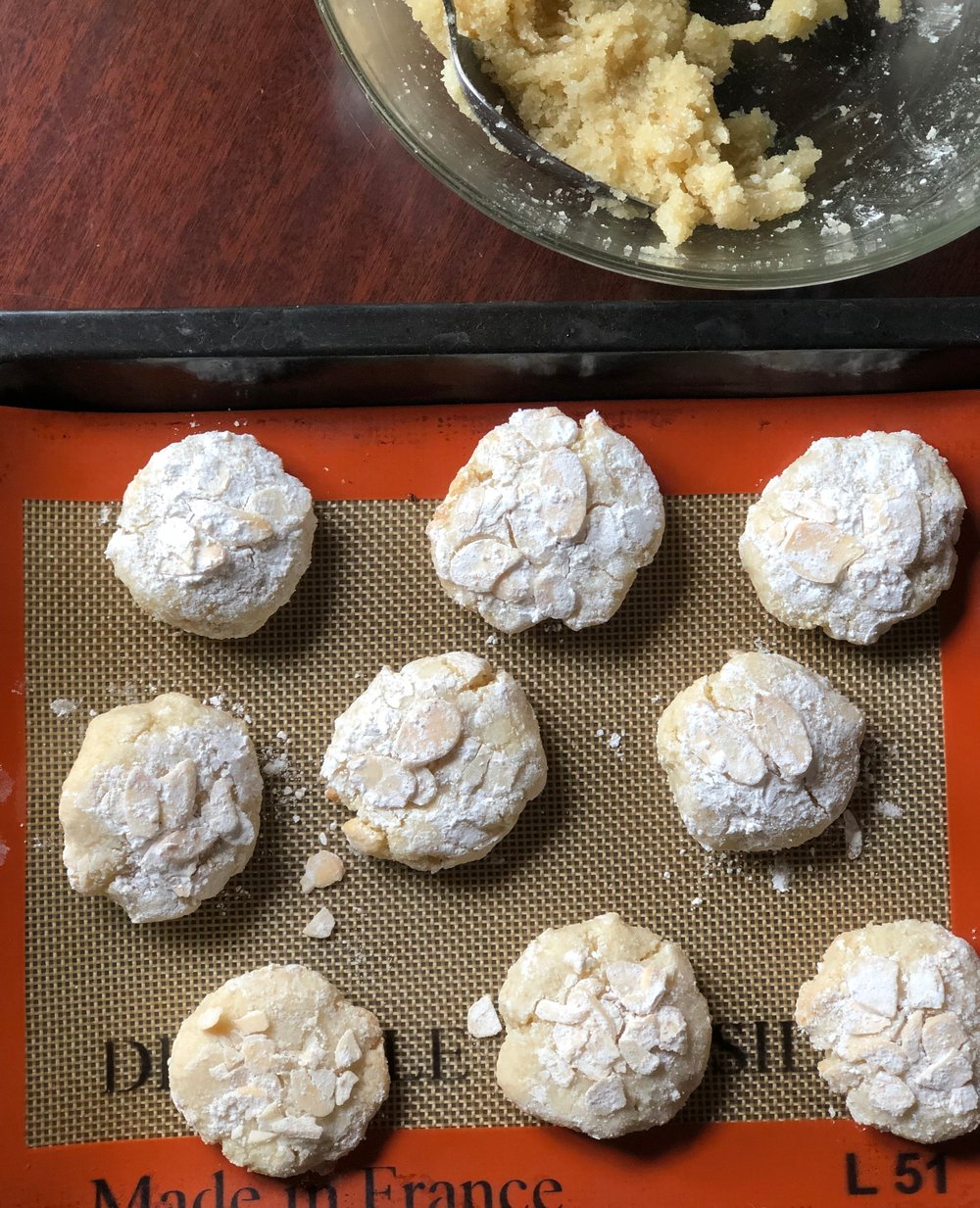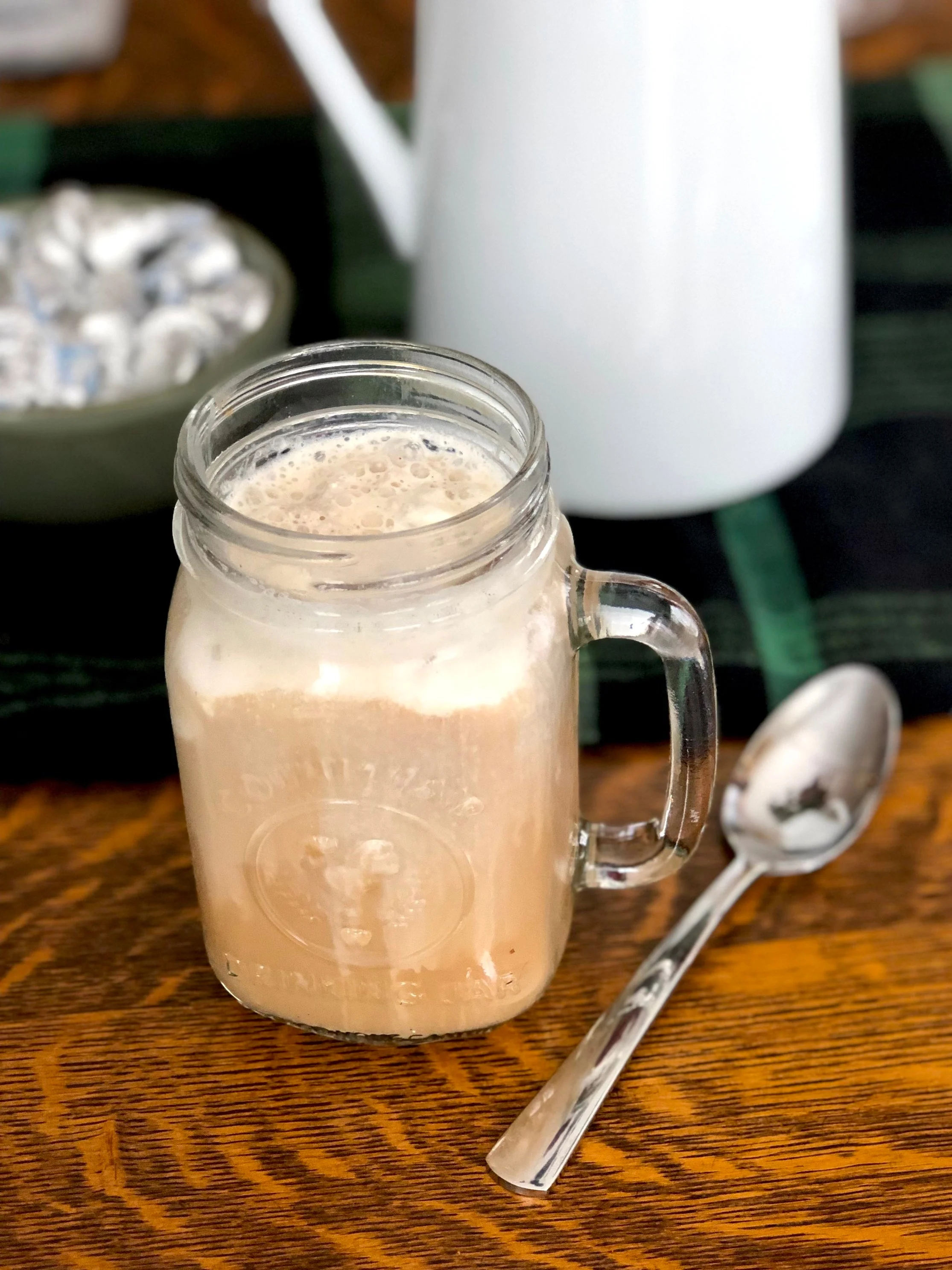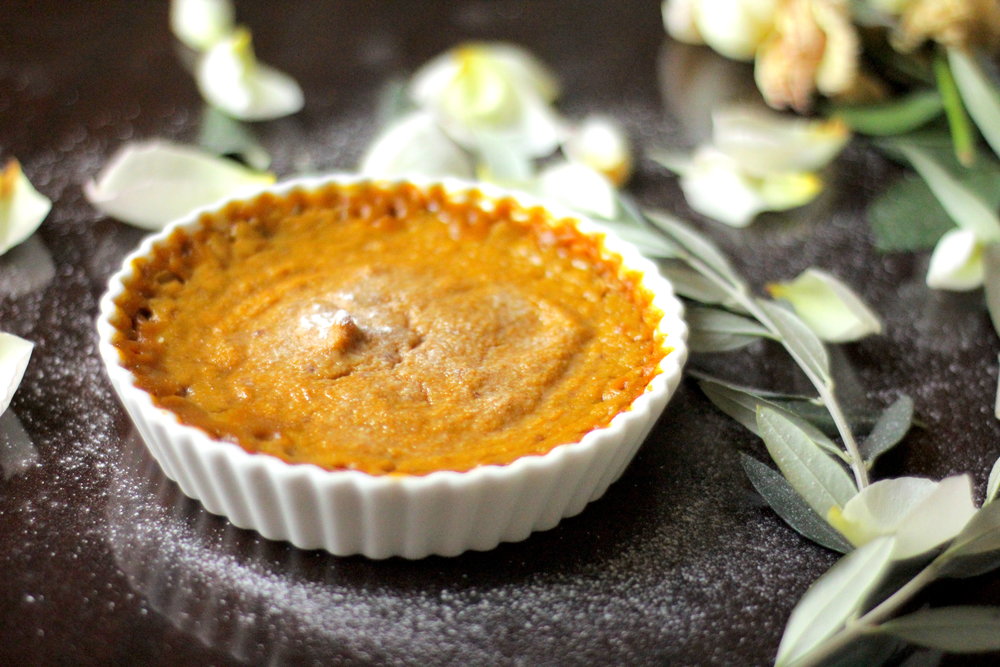Copycat Homemade Lipton Onion Dip
/Last Updated September 4, 2024
What if I told you that there is a way to enjoy Onion Dip but with less guilt? No preservatives, corn syrup, caramel color, and other ingredients you’re not quite sure what they are?
Because there IS a way! And it’s very simple. Not that you get much simpler than mixing sour cream with a Lipton onion packet, but it’s pretty darn close.
For this recipe I use yogurt, as I do even if I mix a Lipton packet, because yogurt is actually good for you, sour cream is usually more found on diet naughty lists.
I first made this during lockdown, and while I couldn’t find beef broth granules, just “classic” powdered broth, it came out satisfactorily close to the real thing. As I was explaining on the Healthier Lipton Onion Dip post, I had inherited two Lipton onion mixes from a friend who moved away from Florence. My husband had never had such a thing before and requested it again. When he requested it a third time, I had to break it to him gently…”honey, there were only two packets, and I don’t think we can find Lipton around Florence.”
Since people requesting a specific food/dessert/recipe from me to make is like a love language for me, I was not about to let a request go unfulfilled. So I began a hunt for the necessary ingredients and a recipe to go off of that doesn’t just make bulk powdered onion mix (there are many of those but I don’t make Onion dip all THAT often) but just a recipe for the standard 16oz/two cups of dip.
Thanks to Daring Gourmet for providing just that! Recipe with a few of my usual tweaks below.
This post may contain affiliate links. If you make a purchase using these links, Jennyblogs may receive a small commission, at no extra cost to you. This helps to support Jennyblogs. For further information see the privacy policy. Grazie!
Copycat Lipton Onion Dip
Makes about 2 cups of dip
Ingredients:
2-4 tsp beef broth granules
2 Tbsp dried minced onions
1 tsp onion powder
1/4 tsp pepper
1/8 tsp paprika
16oz / 454g regular or Greek plain yogurt
fresh or dried dill, more dried minced onions, for topping, optional
washed sliced veggies, potato chips, etc, for dipping
Directions:
In a medium bowl, combine 2 tsp of broth granules with the rest of the spices.
Stir in the yogurt and mix well. Taste; if you desire the dip to be saltier, add another teaspoon of broth granules and stir. Taste again, adding the last teaspoon of broth, if desired. Refrigerate for about two hours before serving.
Top with dill and more onions, if desired, and serve with veggies, potato chips, pita, or whatever dippers you like!
Jenny’s Notes:
While beef broth is probably closest to the real taste, I have never found beef broth granules here in Italy and get away with using the “classic” broth flavor or even vegetable broth granules. It still tastes delicious! Check labels for MSG, it often gets sneaked into these types of things.
If using low-sodium broth granules you will be better able to control the sodium, and can even add a bit more broth for more flavor without the dip becoming too salty.
The refrigeration is not strictly necessary, but it gives some time for the flavors to meld and the onions to rehydrate a bit. If you simply can’t wait that long to dig in or need it ASAP for a party, go ahead and use it straight away.
1/8 tsp celery seed, and 1/4 tsp dried parsley can also be added. I don’t usually add them just because I don’t have celery seed on hand here and don’t personally think dried parsley adds any kind of flavor value to dishes. It does add a touch of green, though!
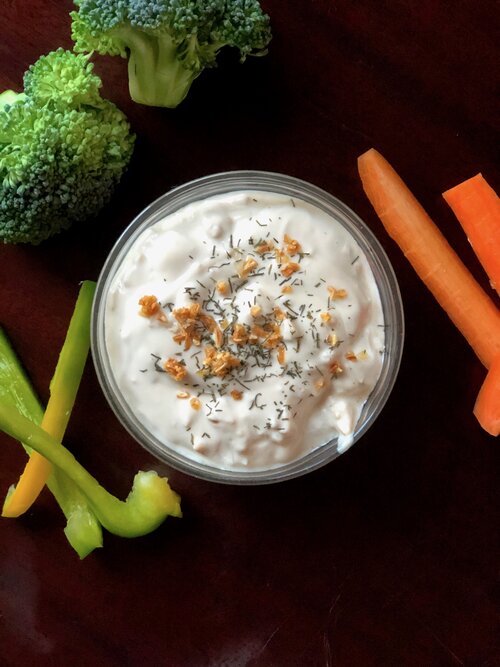
Copycat Lipton Onion Dip
Ingredients
Instructions
- In a medium bowl, combine 2 tsp of broth granules with the rest of the spices.
- Stir in the yogurt and mix well. Taste; if you desire the dip to be saltier, add another teaspoon of broth granules and stir. Taste again, adding the last teaspoon of broth, if desired. Refrigerate for about two hours before serving.
- Top with dill and more onions, if desired, and serve with veggies, potato chips, pita, or whatever dippers you like!
Notes
- While beef broth is probably closest to the real taste, I have never found beef broth granules here in Italy and get away with using the “classic” broth flavor or even vegetable broth granules. It still tastes delicious! Check labels for MSG, it often gets sneaked into these types of things.
- If using low-sodium broth granules you will be better able to control the sodium, and can even add a bit more broth for more flavor without the dip becoming too salty.
- The refrigeration is not strictly necessary, but it gives some time for the flavors to meld and the onions to rehydrate a bit. If you simply can’t wait that long to dig in or need it ASAP for a party, go ahead and use it straight away.
- 1/8 tsp celery seed, and 1/4 tsp dried parsley can also be added. I don’t usually add them just because I don’t have celery seed on hand here and don’t personally think dried parsley adds any kind of flavor value to dishes. It does add a touch of green, though!
Nutrition Facts
Calories
89.67Fat
1.93 gSat. Fat
1.17 gCarbs
11.95 gFiber
1.33 gNet carbs
10.61 gSugar
9.31 gProtein
6.84 gSodium
105.53 mgCholesterol
6.81 mgNutritional information is approximate. Based on 1/2 cup dip with 1 cup sliced veggies.





